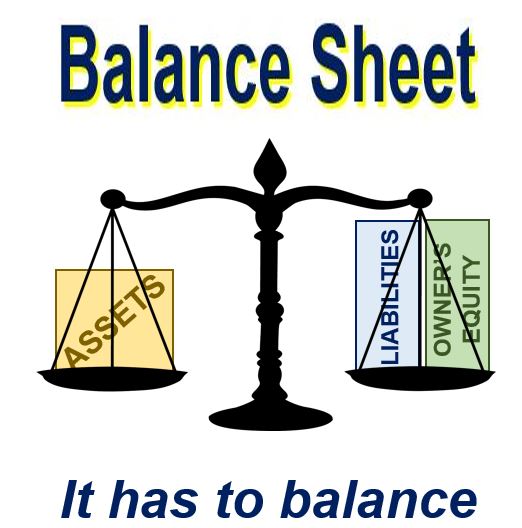Build A Tips About Equity Balance Definition Non Controlling Interest Financial Statements

The total amount of this section is the amount of reported assets minus the amount of reported liabilities.
Equity balance definition. The book value of equity is calculated as the difference between assets and liabilities on the company’s balance sheet , while the market value of equity is based on the current share price (if public) or a value that is determined by investors or. Shareholder equity (se) is a company's net worth and it is equal to the total dollar amount that would be returned to the shareholders if the company must be liquidated and all its debts are paid. For an individual, equity refers to the ownership interest in an asset.
The open balance equity account is located under the equity section of the balance sheet along with the other equity accounts, such as retained earnings. When the calculation is made, if the result is negative, which happens in case the liabilities are greater than the assets, equity is negative. But what do they actually mean and include?
The equity of a company is the net difference between a company's total assets and its total liabilities. When you take all of your assets and subtract all of your liabilities, you get equity. A company's equity, which is also referred to as shareholders' equity, is used in.
Balance sheets provide the basis for. In this context, equity refers to common stock and preferred stock. Many smaller businesses are strapped for.
Below liabilities on the balance sheet, you'll find equity, the amount owed to the owners of the company. Equity balance means the issuance of capital stock of the company or a capital contribution made to the company's common equity in an aggregate amount of euro 125 million, constituting the difference between (i) the euro 857 million aggregate amount of equity to be received from parent by the purchase by affiliates of madison dearborn. It can also be referred to as a statement of net worth or a statement of financial position.
The balance sheet other forms of equity the equity concept also refers to the different types of securities available that can provide an ownership interest in a corporation. The opening balance account is not displayed on the balance sheet if the account balance is zero. In finance and accounting, equity is the value attributable to the owners of a business.
Opening balance equity is an account created by accounting software to offset opening balance transactions. Therefore, this equation should always be true. In a corporation, equity is shareholders’ equity.
Equity is the difference between total assets and total liabilities. Balance sheets show assets, liabilities, and equity in a financial snapshot. Equity section of the balance sheet definition.
While it is sometimes thought of as indicating the value or worth of the business, this is not really the case because assets are listed at their cost value minus accumulated depreciation rather than their actual market value. Opening balance equity accounts show up under the equity section of a balance sheet along with the other equity accounts like retained earnings but may not show up on the opening balance sheet if the balance is zero. For a sole proprietorship or partnership, equity is usually called “owners equity” on the balance sheet.
The term balance sheet refers to a financial statement that reports a company's assets, liabilities, and shareholder equity at a specific point in time. Flag is seen outside of the new york stock exchange (nyse) in new york city, u.s., september 21, 2020. You’ve probably heard at least some of these terms before.
:max_bytes(150000):strip_icc()/balancesheet.asp-V1-5c897eae46e0fb0001336607.jpg)



:max_bytes(150000):strip_icc()/dotdash_Final_Equity_Aug_2020-01-b0851dc05b9c4748a4a8284e8e926ba5.jpg)
:max_bytes(150000):strip_icc()/dotdash_Final_Equity_Aug_2020-01-b0851dc05b9c4748a4a8284e8e926ba5.jpg)










/phpdQXsCD-3c3af916d04a4afaade345b53094231c.png)

:max_bytes(150000):strip_icc()/DEBTEQUITYFINALJPEG-098e44fb157a41cf827e1637b4866845.jpg)